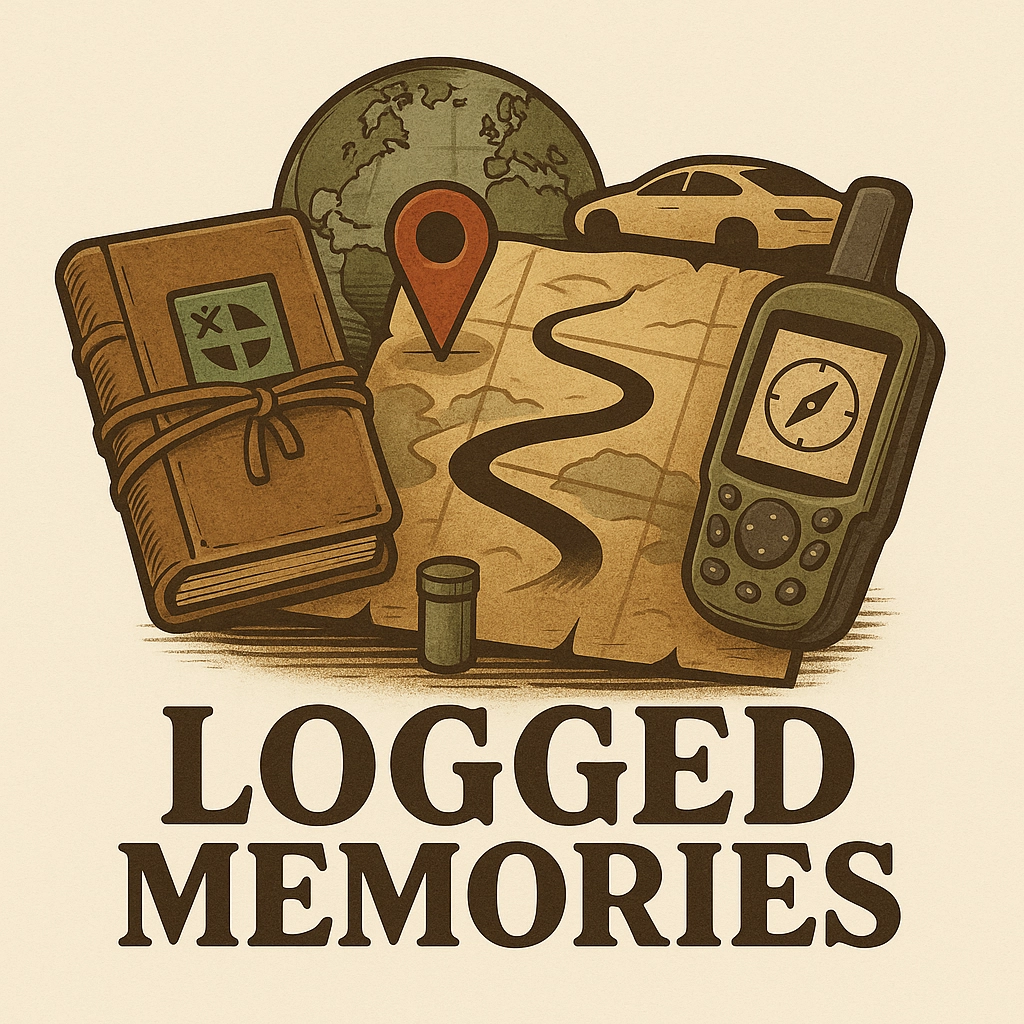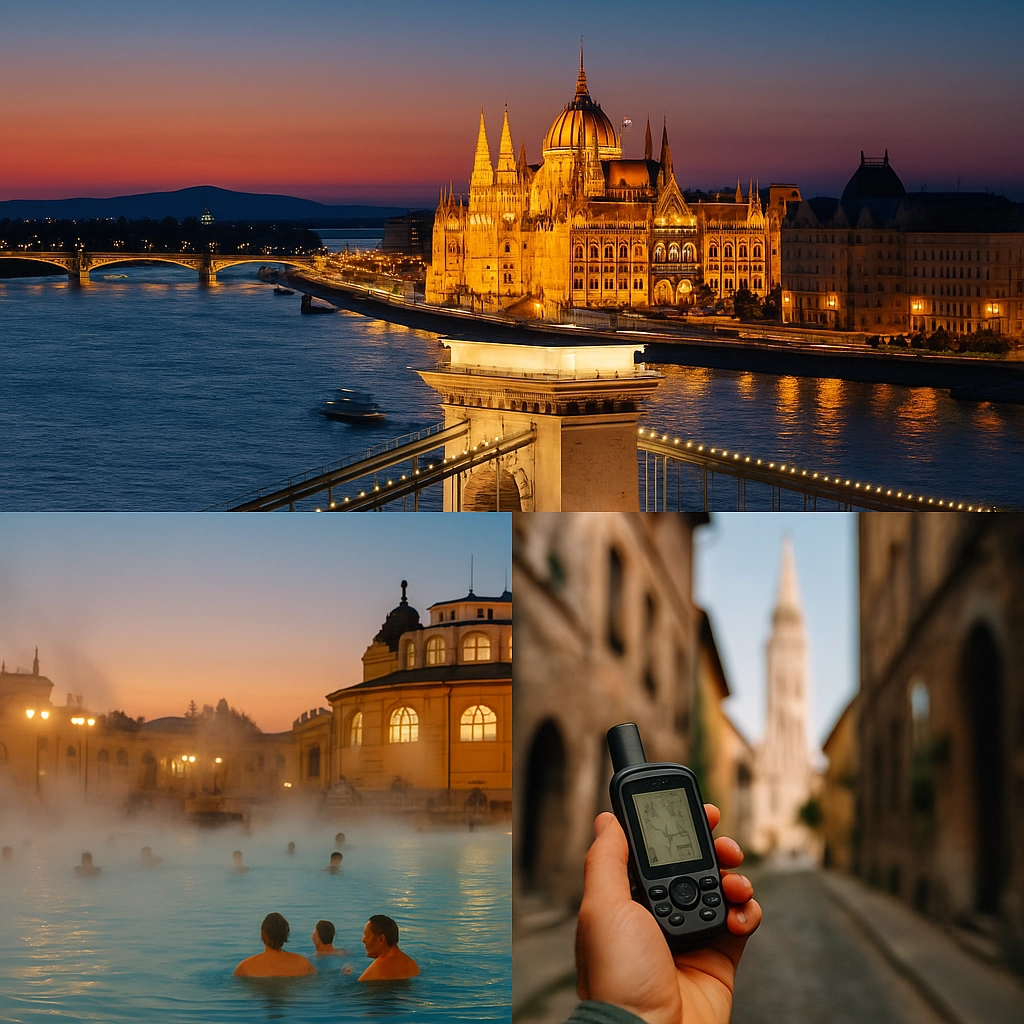Mystery Cache. Unknown Cache. Puzzle Cache. Call it what you like – this is the most creative and brain-teasing cache type in the world of Geocaching. But what exactly is a Mystery Cache, and why do so many geocachers love (and sometimes fear) them?
🎭 What is a Mystery Cache?
Unlike a Traditional Cache, where you go straight to the posted coordinates, a Mystery Cache usually requires you to solve something first. It could be a math problem, a riddle, a cryptic image, or even a mysterious link. Solving the puzzle will give you the real coordinates – where the actual cache is hidden.
👉 Example: The posted coordinates may point to the middle of a lake, but the description includes a clue: "Find the sum of all the digits in Sherlock Holmes' phone number."
🧩 Common Types of Mystery Caches
Classic Logic Puzzle – Numbers, patterns, or sequences
Cryptography – Morse code, Caesar cipher, base64, and more
Image Puzzle – Coordinates or clues hidden in a picture
Multi-layer Puzzles – You must complete multiple steps before knowing where to go
Field Puzzles – Solve something on-site to unlock the logbook
Challenge Caches – Caches that require specific qualifications, such as finding 100 multicaches or caching in 10 different countries. The physical container is usually at the posted coordinates, but you must meet the logging requirements. All modern challenge caches include a checker so you can verify eligibility before heading out.
📍 How to Find a Mystery Cache
Read the cache description carefully. Clues are often hidden in the text.
Look for attributes like "Puzzle", "Challenge", or "Field Puzzle".
Use the Geocaching app or website to mark solved caches and keep track of clues.
Collaborate! Many mysteries are easier with a second pair of eyes.
💡 Tip: Check for a geochecker in the description to validate your coordinates before leaving home.
🧠 Why Try Mystery Caches?
They’re a perfect combination of brainwork and outdoor adventure.
You'll learn new things – from history and geography to codebreaking.
Solving them brings a deep sense of accomplishment.
🧭 Beginner Tips for Mystery Caches
Start easy – Look for Mystery Caches with a difficulty rating of 1 or 2. There are many beginner-friendly puzzles.
Attend events – These are great places to get help or hints from experienced solvers.
Use tools – The website Geocaching Toolbox offers useful decoders, converters, and coordinate tools.
😅 Are All Mystery Caches Hard?
Not at all! Many are beginner-friendly, while others are true brain-benders that might take hours (or days) to crack. But they all have one thing in common: you learn something along the way. The feeling of accomplishment is often at its peak when you've solved a mystery – and the knowledge you gain might help you on your next one.
✨ Ready to Try a Mystery Cache?
Next time you see the blue question mark on the map, don’t be intimidated. See it as an invitation to think, explore, and grow. Who knows – you might become the next Mystery Master!
🔗 Got a favorite Mystery Cache?
Feel free to share it in the comments – or tip me off to a good brain teaser I should try! 😄
Just getting started with Geocaching? You're in the right place! This article is part of our beginner series — check out the full collection here.





Comments